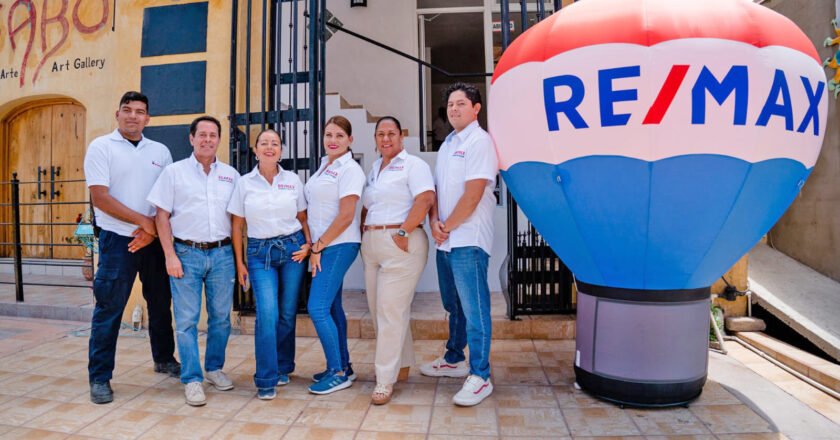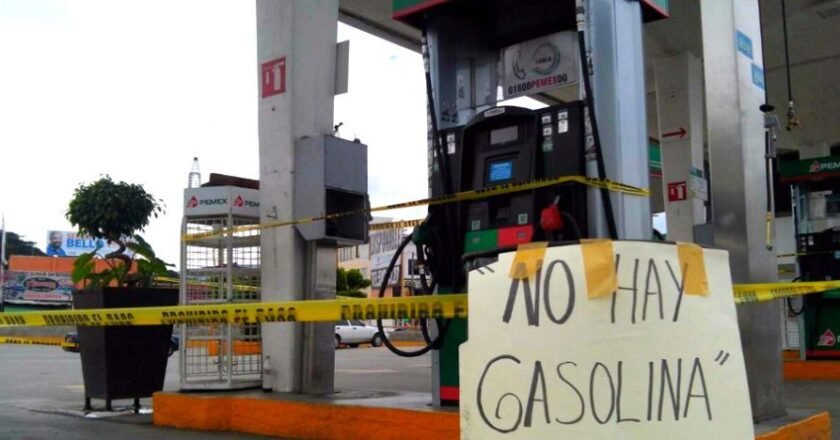BY MONICA BELOT
Life is better when you have a dog with you. Here’s how to make that happen while in Mexico.
In many Mexican cities, a weekend walk through the park will bring you face-to-face with a sight guaranteed to pull at the heartstrings of even the grumpiest of grinches. Pets up for adoption flank the walking paths, meowing, yapping, and napping alongside their brothers and sisters. Several older dogs wear signs saying, “Adopt me!” in Spanish. The presence of these hopeful pets in public spaces is a concerted effort by the multitude of rescue organizations in Mexico to match an increasing number of homeless pups with loving owners.
Indeed, many travelers to Mexico have returned home with a canine buddy after falling in love with a friendly stray during a trip. Among them is British actress and activist Emma Watson, who recently shared her positive experience adopting her puppy Sofia from Mexico, calling the pup “an angel, not a dog.”
Why you should adopt a dog from Mexico. The Wild at Heart Foundation of Mexico estimates over 23 million stray dogs roam the country. In Mexico City alone, authorities have reported capturing and euthanizing a heartbreaking 20,000 dogs per month. Additionally, the lack of comprehensive anti-cruelty laws in the country allows for commonplace neglect and violence towards dogs.
Data from the State of Pet Homelessness Project reveals over 96,000 pups seeking refuge in shelters across Mexico. With one of the highest numbers of homeless animals globally, Mexico significantly surpasses figures in many other nations. Adopting a dog helps save canine lives and enrich our own, too.
Mexi-Canine Friends for Everyone. These distressing numbers are not the only reason to consider adopting a pup from Mexico. The sheer number of adoptable dogs in the country allows for a vast variety tailored to one’s lifestyle, needs, and preferences. Options include hairless breeds for those with allergies, high-energy dogs for active families, or calmer temperaments for more laid-back owners.
Due to the abundance of dogs, Mexico is also home to a diverse range of breeds and mixes less commonly found elsewhere. Adopting a dog from Mexico often allows owners to find a truly unique companion with distinct characteristics.
What It’s Like: Adopting Atlas. My own experience adopting my puppy Atlas from a Mexican rescue has provided useful insights. I’ve learned firsthand that raising a puppy is challenging but rewarding work. It’s a significant responsibility, so ensure you’re well-prepared. Street dogs, in particular, may need time to adjust, but with sufficient love and stability, they can become irreplaceable, adoring family members.
After attending puppy adoption events and browsing Instagram accounts of Mexican rescues, my partner and I came across an Instagram post from @adopta.mx featuring an irresistible Silver Lab mix pup (then called Luke). We instantly fell in love and reached out to the organization to ask about the next steps. They had us complete an application and conduct a brief interview where we demonstrated our preparedness and commitment to raising a puppy. We were approved within a few days.
The Pick-Up. In our case, since we lived in Mexico City, we were able to grab an Uber and head to a small residential town about 45 minutes outside of the city. When we received our pup, he was tiny, skinny, and shaking. He peed on my lap during the ride home.
The following weeks were an anxious whirlwind as first-time puppy parents. We fretted over every detail, wondering if we were providing the proper care. Atlas suffered bouts of diarrhea, nipped incessantly (as puppies do), and swallowed anything on the floor he could fit in his mouth. In one particularly harrowing incident, I rushed him to the vet in a panic after finding one of my candy-colored earplugs in his stool. Despite our worries and with our vet’s guidance, Atlas has grown into a healthy, friendly, and feisty little guy.
The Basics of Adopting a Dog from Mexico – Step by Step: While there may be some variations, the general process for adopting a dog from Mexico is similar across most rescues.
Finding Your Furry Companion: The process typically begins by finding a credible rescue organization through online searches, social media, or word-of-mouth recommendations. Adoptist, Adopta.mx, Alamos Dog Foundation, Pets. Yuri, and Caravana Canina are good starting points. Thoroughly vetting the rescue is crucial and reputable organizations should have details on the animal’s medical history and behavior and be able to guide you through the adoption and travel process. If adopting while abroad, select a rescue experienced with sending pets to your country, as they can assist with all the required paperwork, vetting, crates, airport protocols, and customs procedures.
If you’re searching for a pet while outside of Mexico and are unable to meet the pet in advance, be sure to gather as much information as possible to carefully vet whether the dog is the right fit for your family. Ask the rescue for additional details like videos, information on the parents, and behavioral notes.
In cases where you find and fall in love with a stray dog while in Mexico, the requirements differ slightly but adopting is still fairly straightforward. Take the stray to a local veterinarian to have its health assessed and begin the vaccination process. If possible, try partnering with a local rescue to assist with the process or temporarily care for the animal until it can travel to its new home.
Interviews and Paperwork: Many rescues will require you to fill out a form with questions about yourself and the dog’s future home to ensure it is being placed in a safe environment. They’ll assess if you’re a good fit by asking about previous pet ownership, your preparedness for the responsibility of a dog, reasons for adopting, and your commitment to keeping the pet for life. Other common questions include whether you can provide a comfortable sleeping area and if you are financially stable to care for a dog. Many rescues also request a future commitment to spaying/neutering if the dog is not already sterilized. Some organizations conduct phone or video call interviews, offering an opportunity to ask your questions and demonstrate your readiness to adopt.
Vaccinations and Checkup Requirements: Most countries mandate a rabies vaccine and health certificate from a veterinarian before entering. Be sure to give yourself enough time to get any vaccines if needed. The health certificate required is typical, like a canine’s yearly “physical”. Oftentimes, the veterinarian will give you something called a “carnet” or a passport-like book with a record of the dog’s vaccinations. Be sure to have the original and make an extra copy.
If traveling to the U.S., you’ll need a certificate showing the rabies vaccine was given within 12 months but over 30 days before the flight. Once you show this document, your dog will also need to pass a physical exam.
Bringing Your Dog Home
If adopting a puppy, aim for them to be at least 4 months old to ensure they’ve completed their initial round of vaccinations. Driving is the easiest to avoid the complexity of air travel, but if flying, book the most direct route possible to minimize stress for your canine companion. For most airlines, small dogs may fly in-cabin if their total weight with the carrier is under 20 lbs. Otherwise, they’ll ride in a specially allocated cargo space. Be sure to check your airline’s pet policies and your country’s regulations regarding quarantines (which are rare, but sometimes happen).
If you’re adopting a dog from outside of Mexico and cannot pick it up yourself, work with the rescue to arrange a “flight angel” escort. Many rescues have volunteers who assist by accompanying animals on their journey to the new home. You’ll be responsible for covering the airline’s pet fee, any applicable import taxes, and meeting the volunteer escort at your arrival airport to welcome your new furry family member.
Enjoy and Love: Finally, be sure to enjoy your new canine companion. Let us know about your experience adopting a dog from Mexico in the comments below!
Monica Belot is a writer, researcher, strategist and adjunct professor at Parsons School of Design in New York City, where she teaches in the Strategic Design & Management Program. Splitting her time between NYC and Mexico City, where she resides with her naughty silver labrador puppy Atlas, Monica writes about topics spanning everything from the human experience to travel and design research. Follow her varied scribbles on Medium at https://medium.com/@monicabelot.
This article was originally published in MexicoNewsDaily.com and is reprinted with permission.











